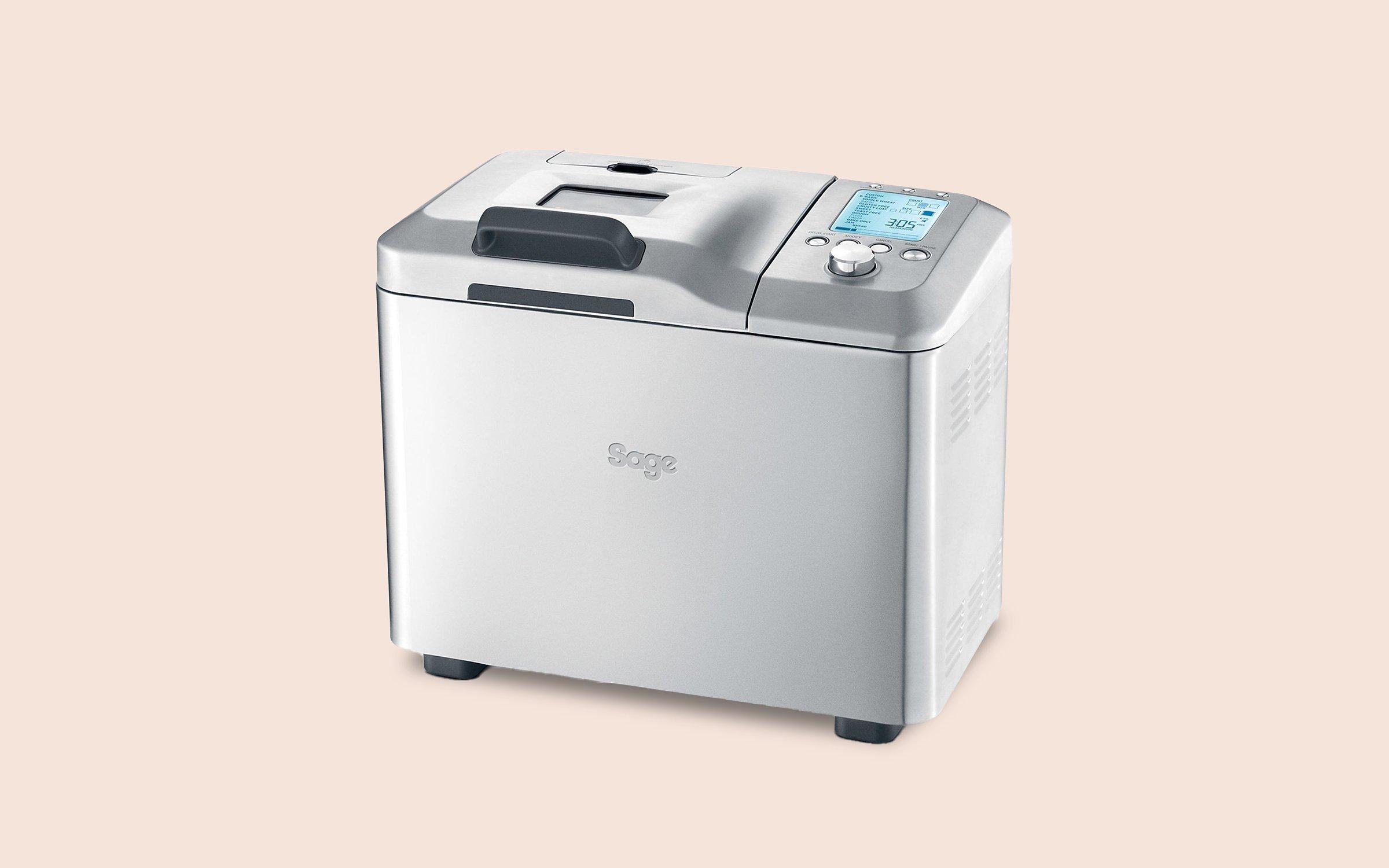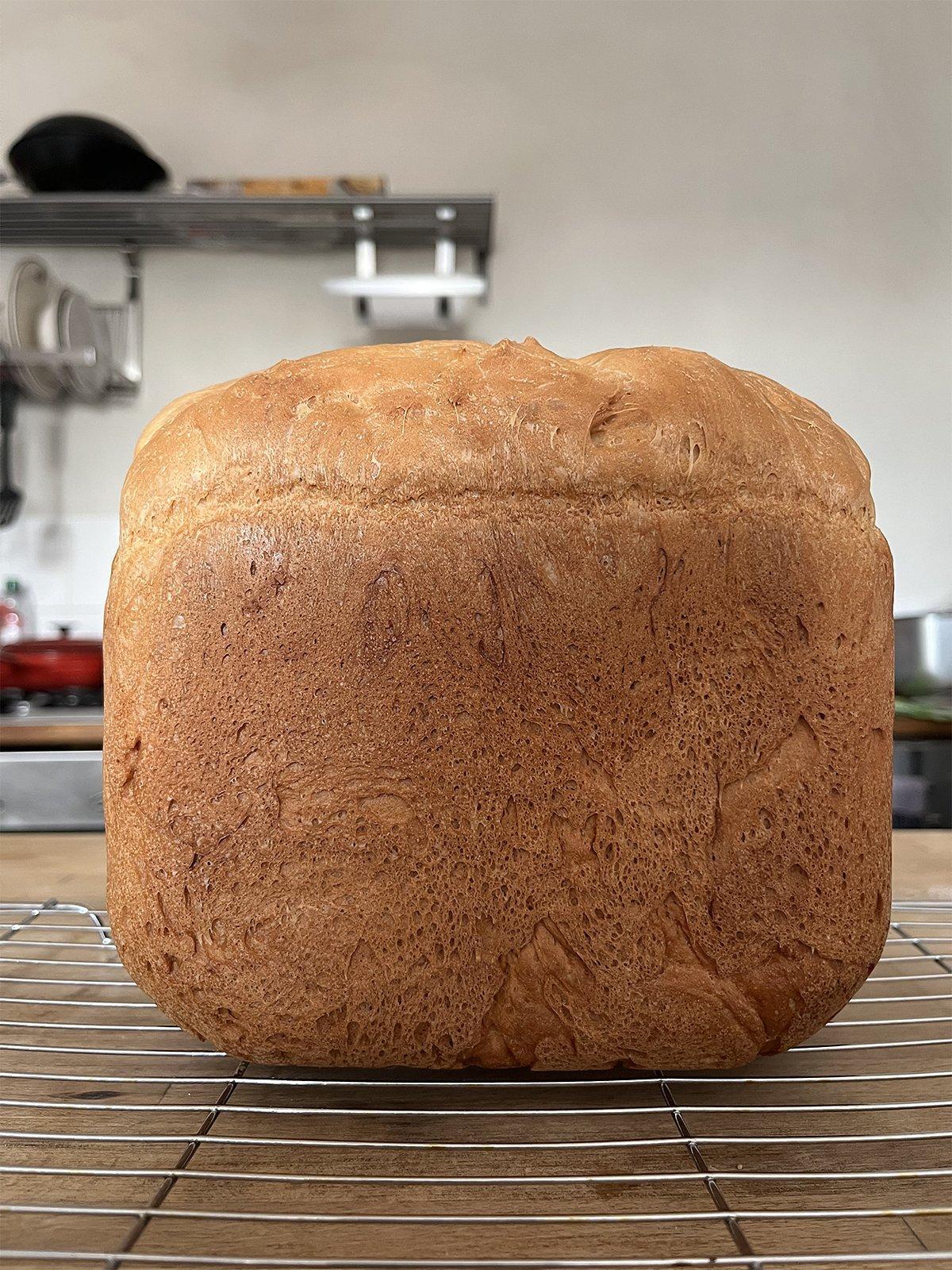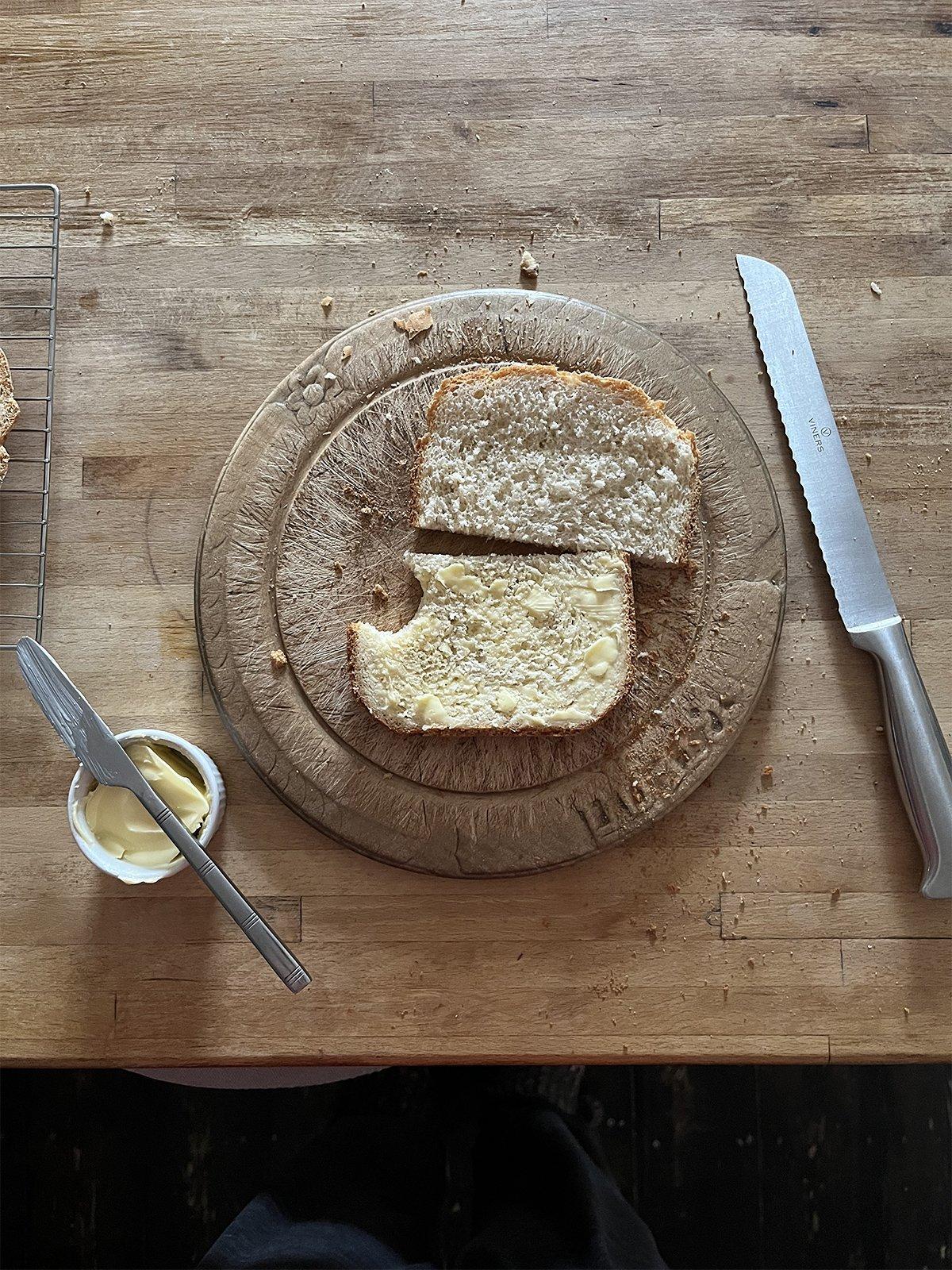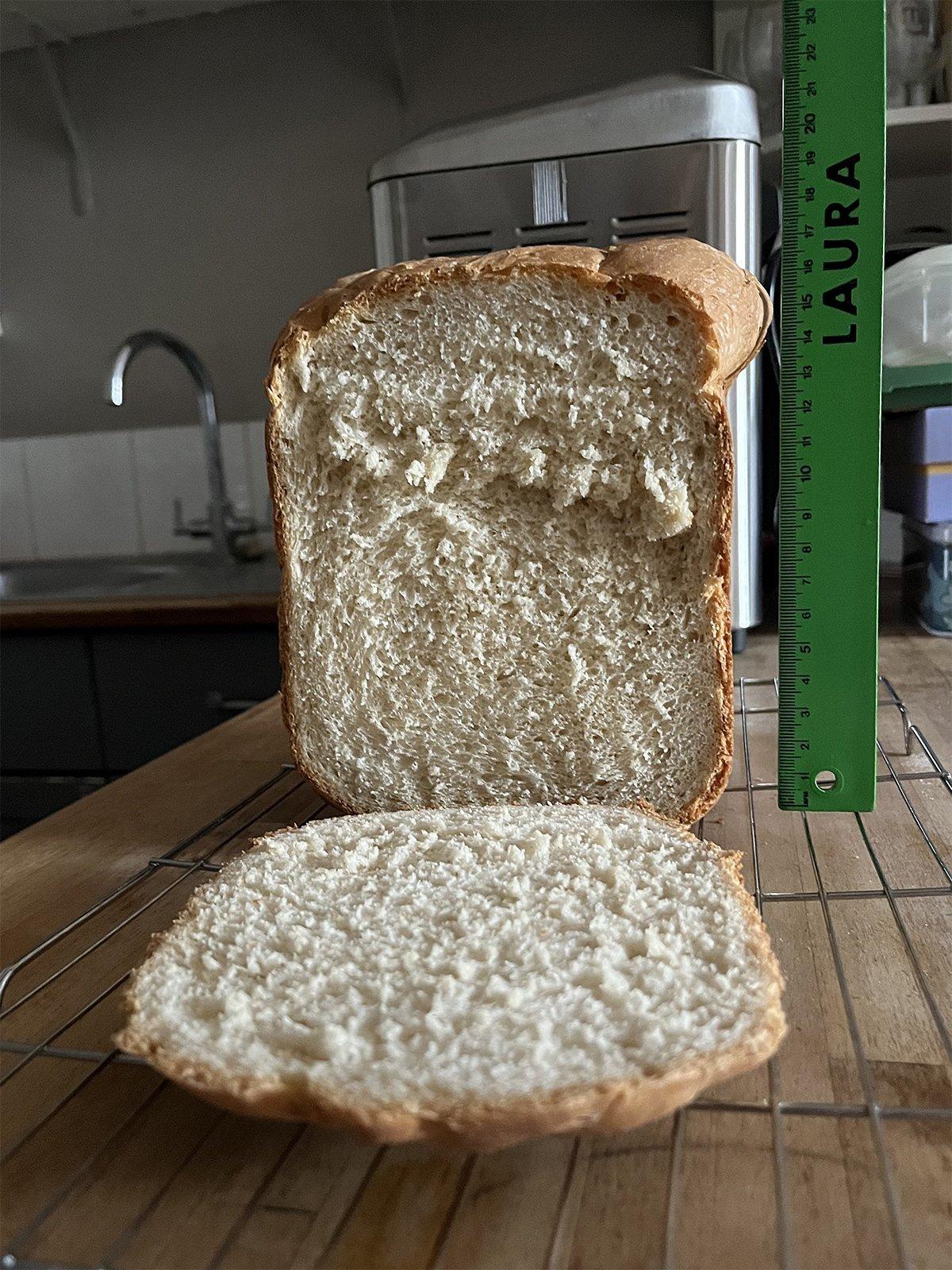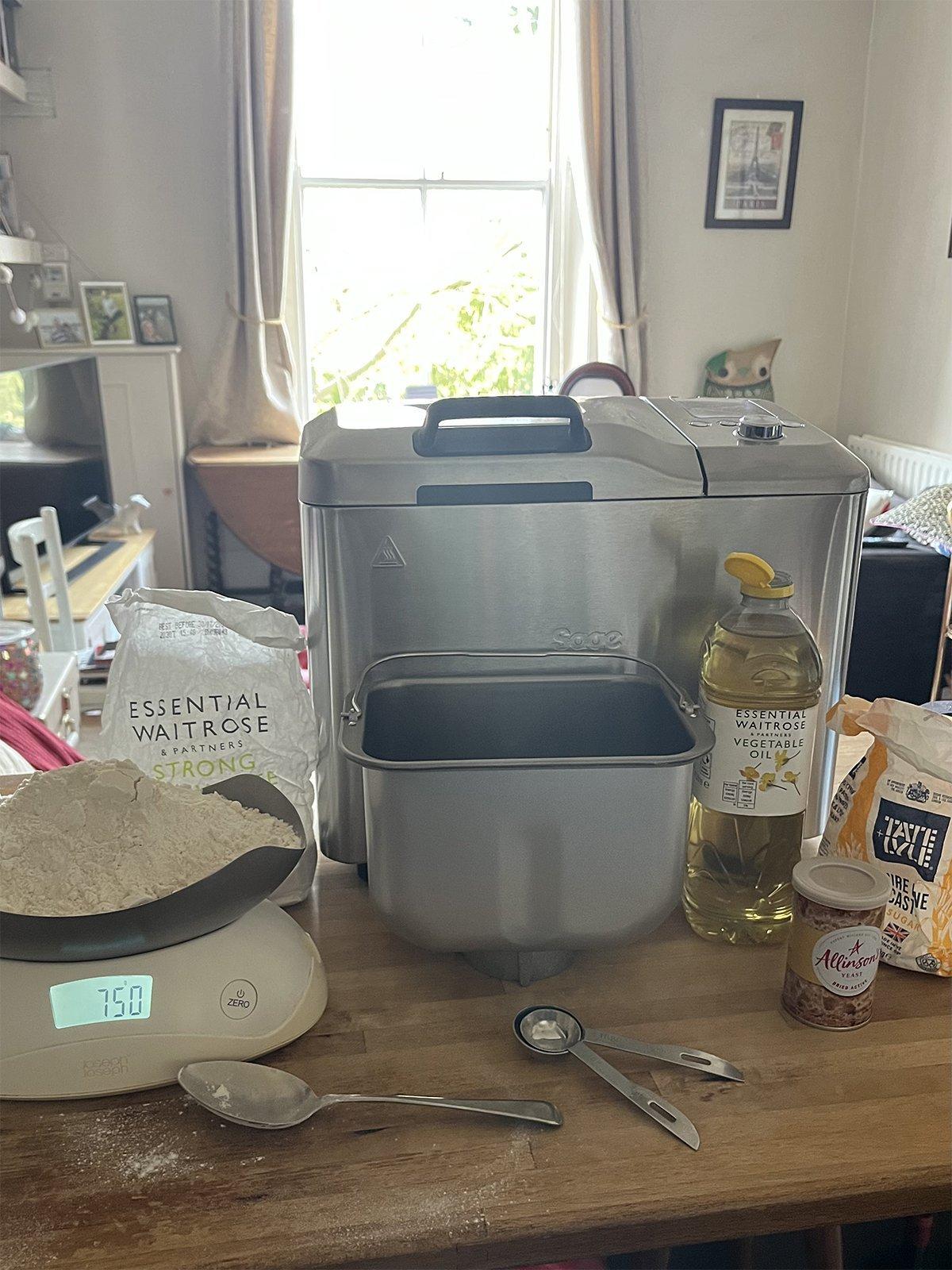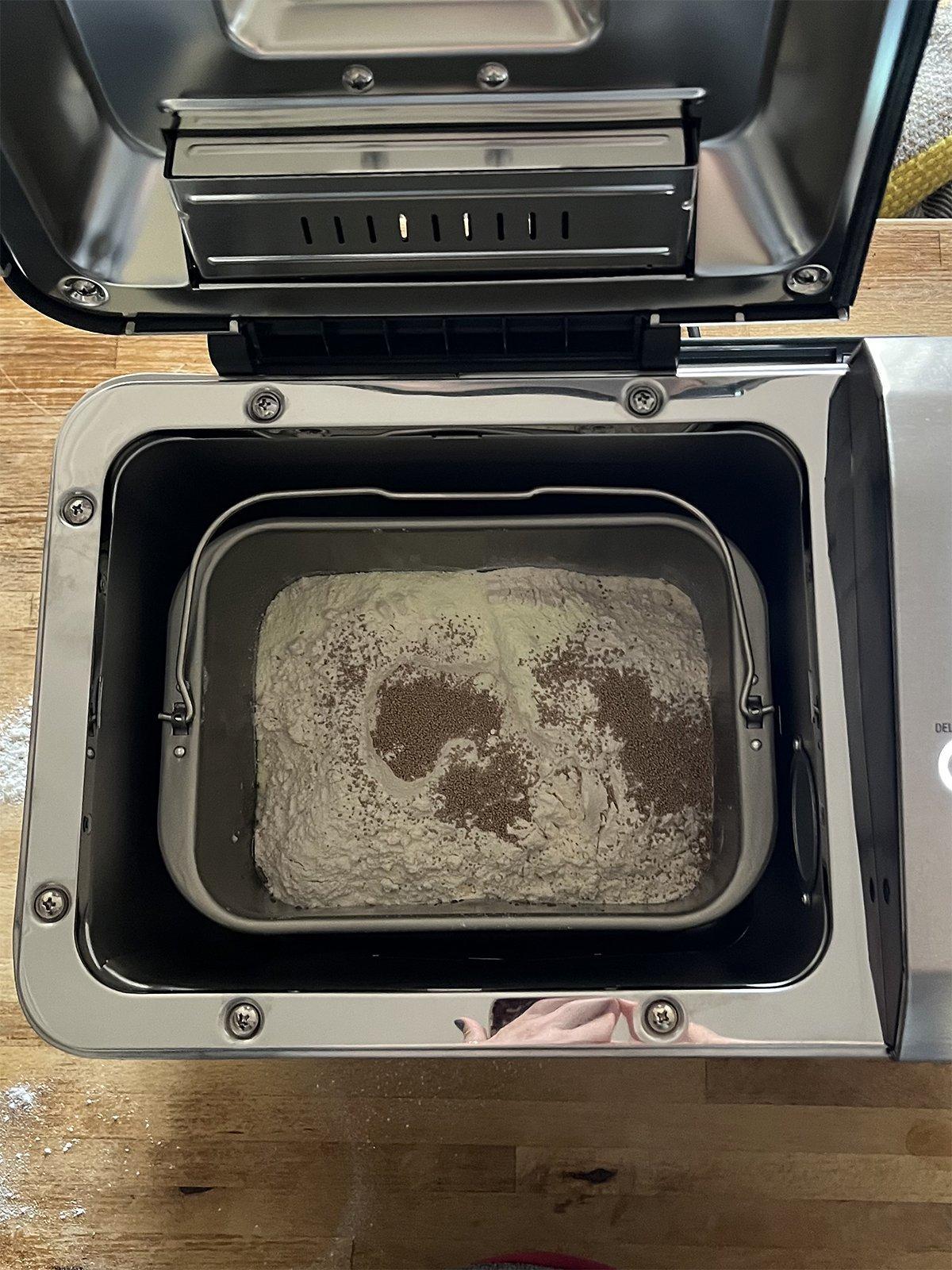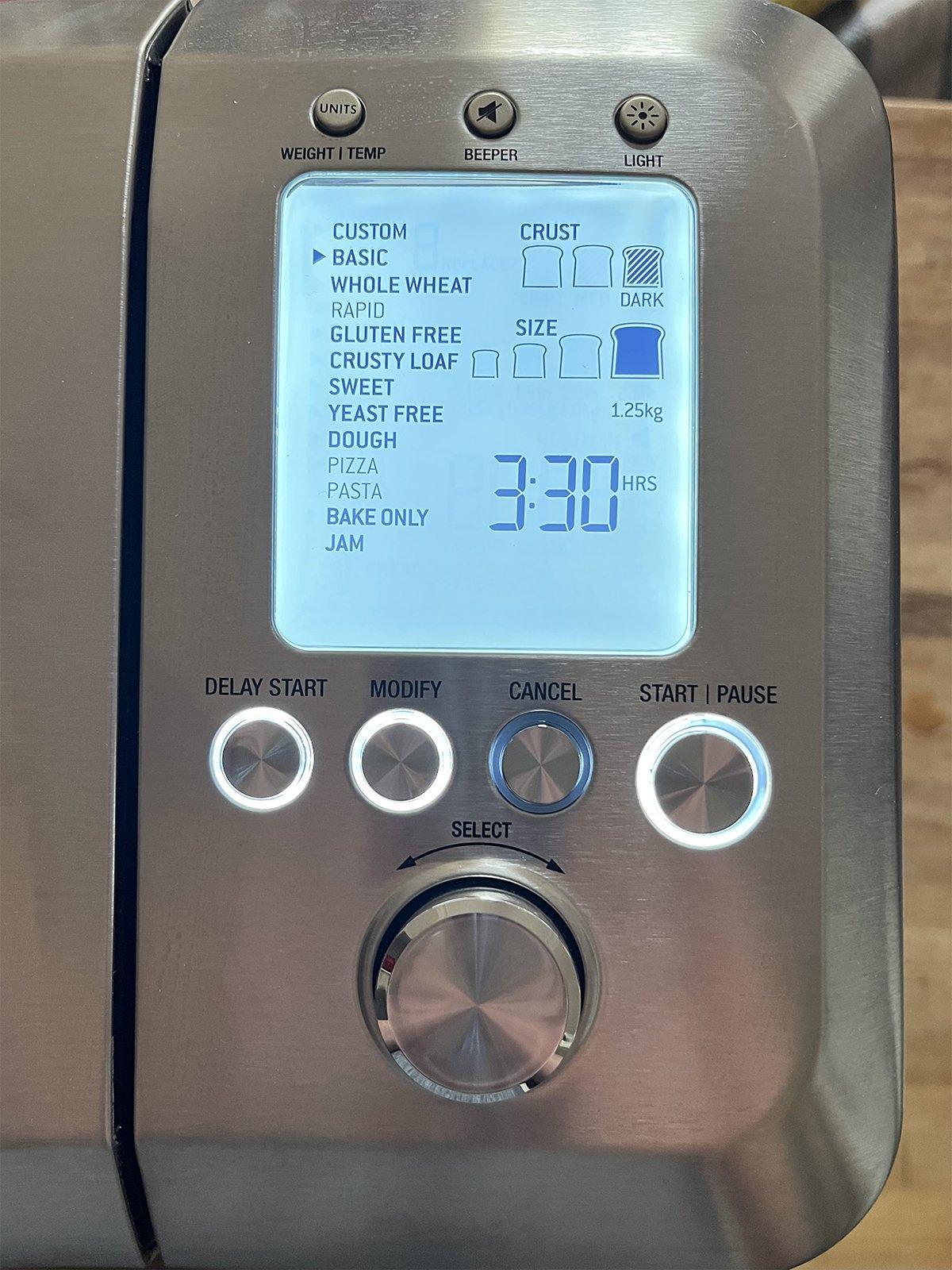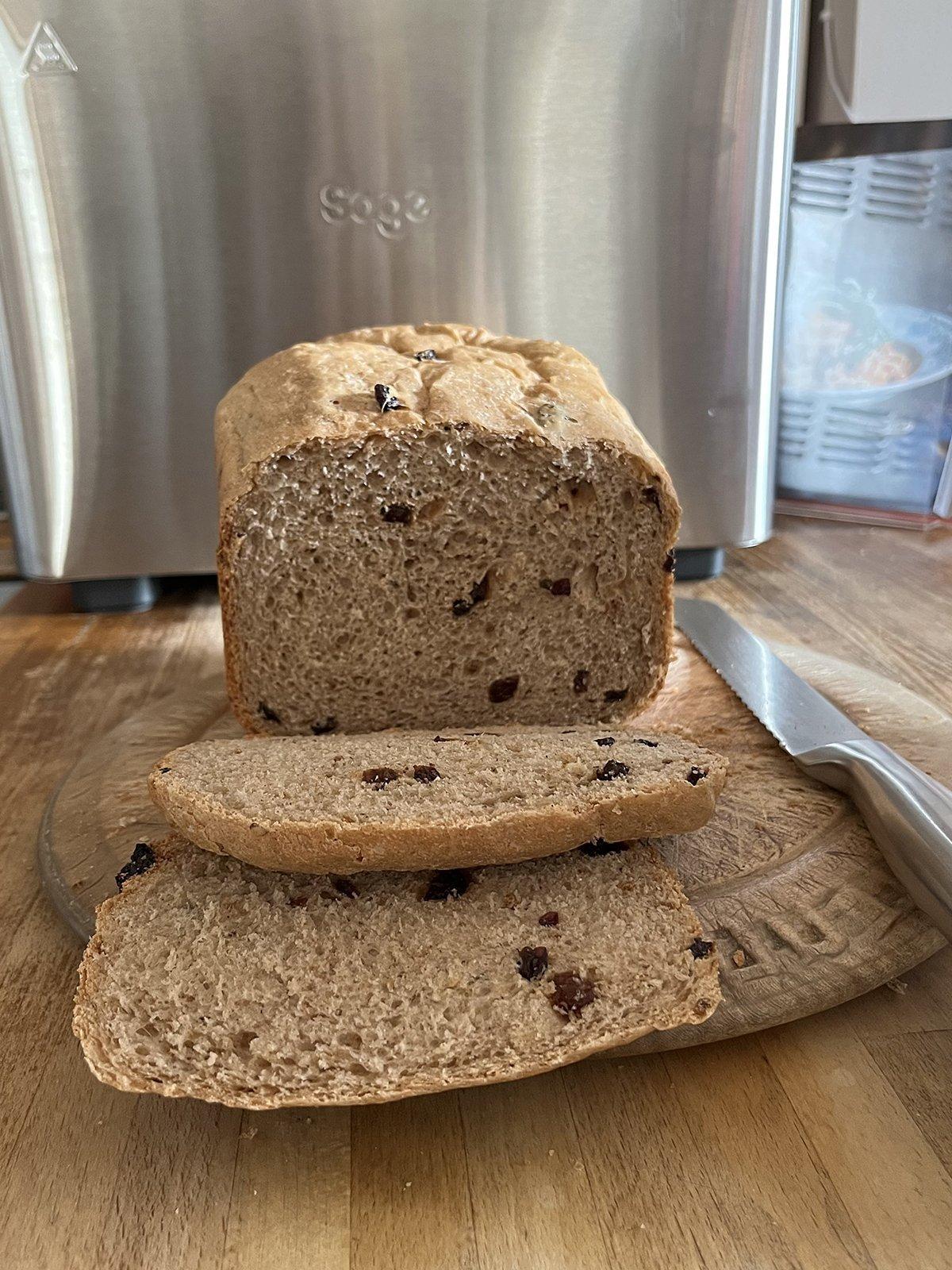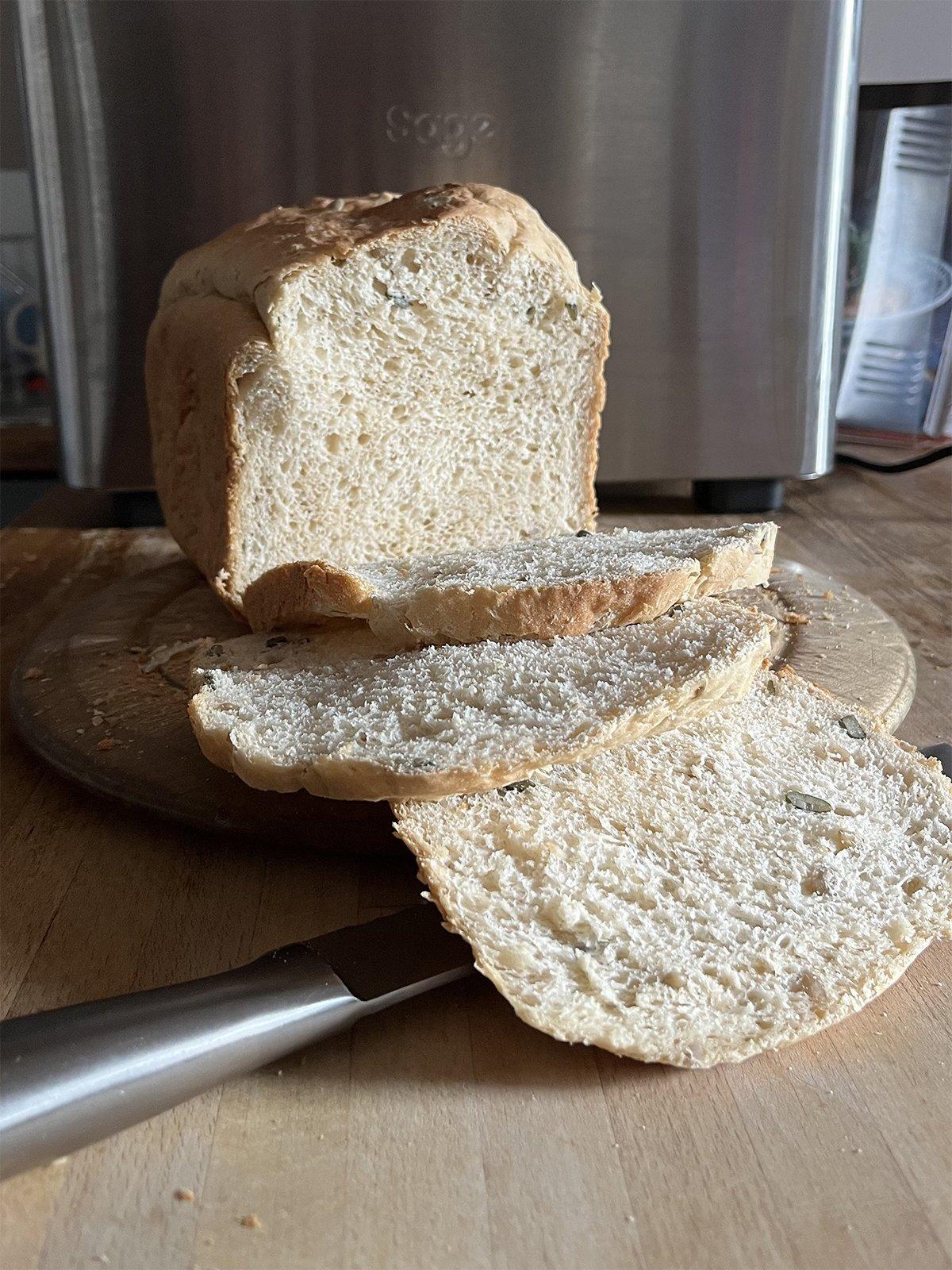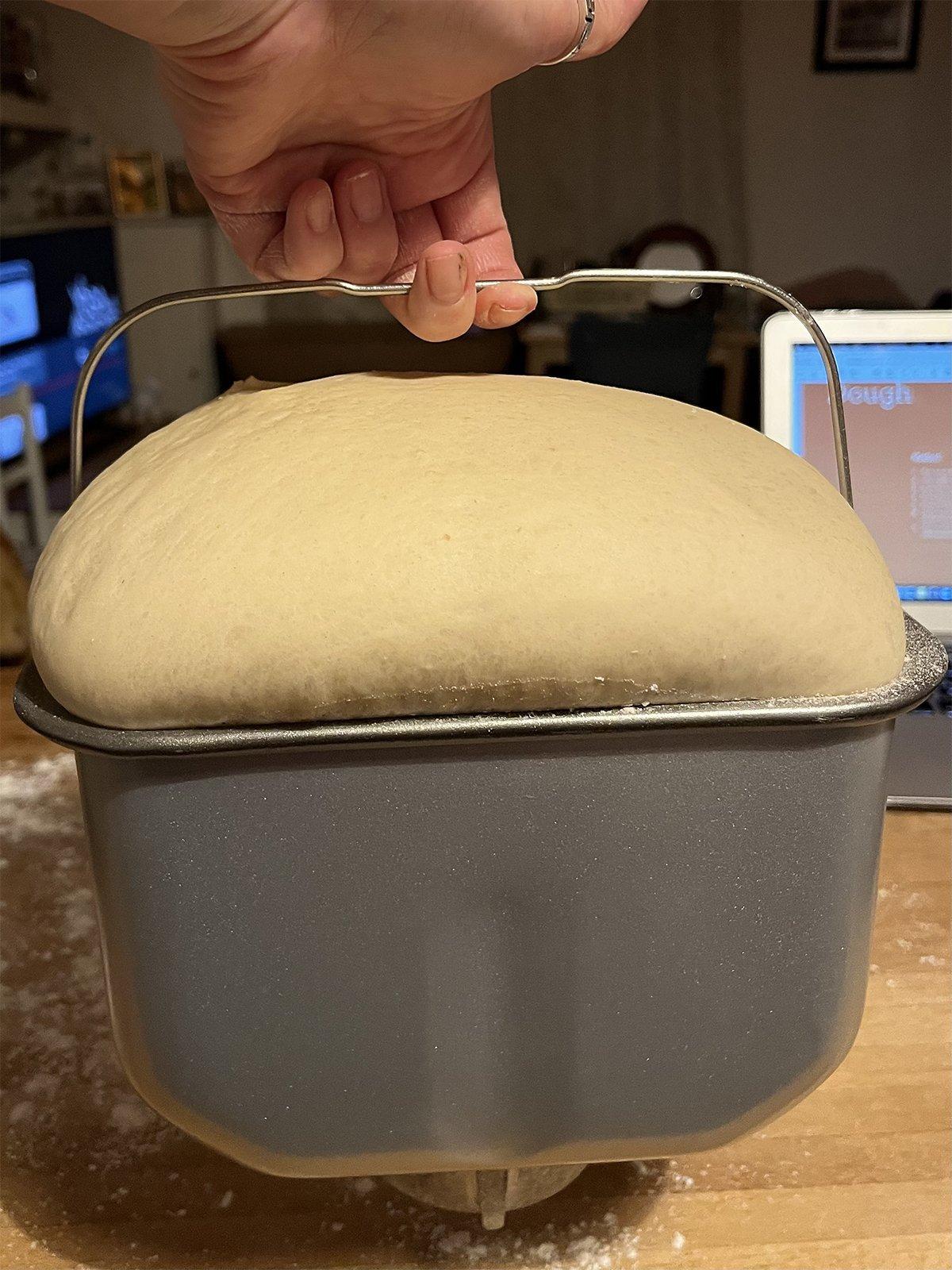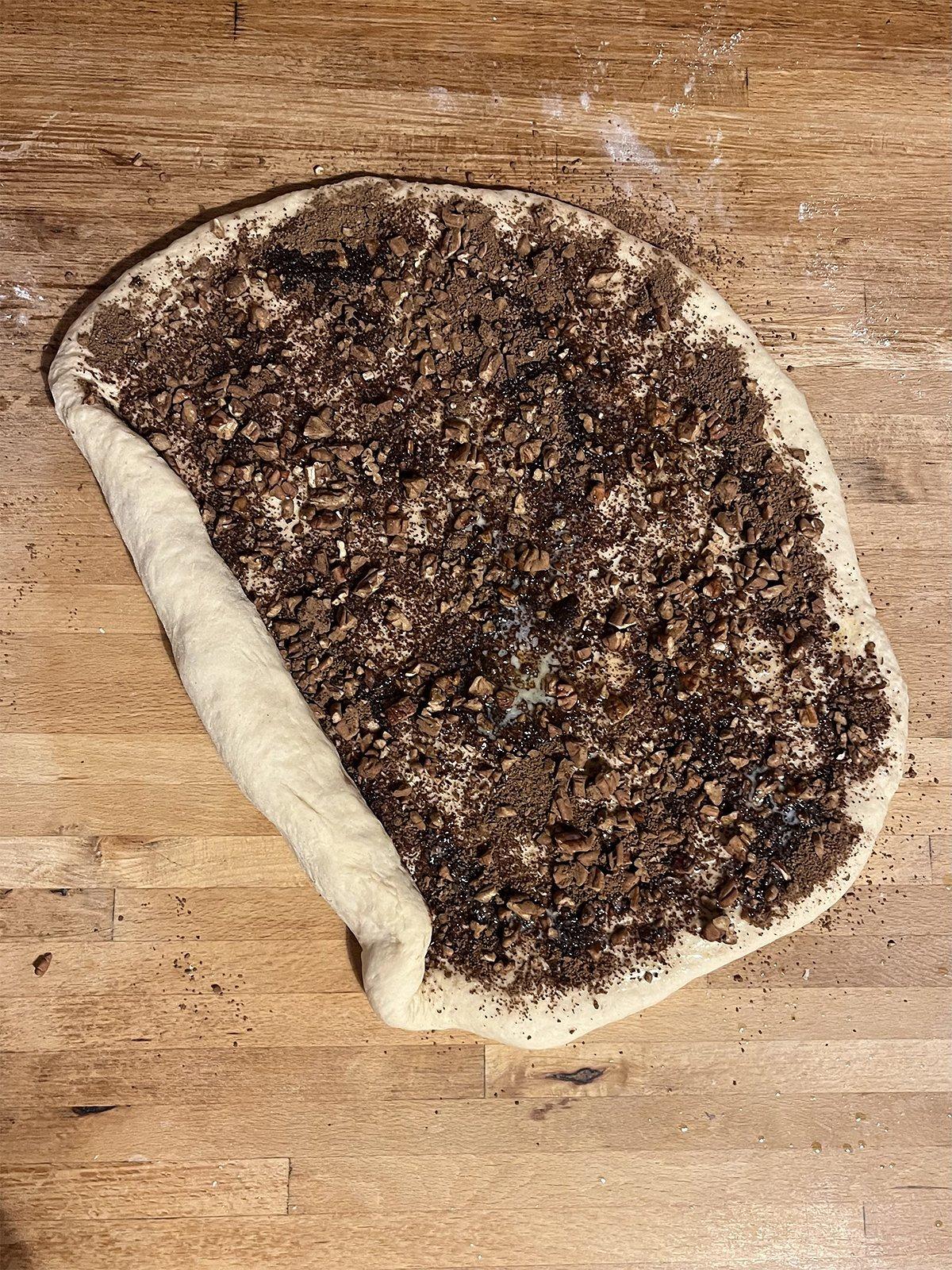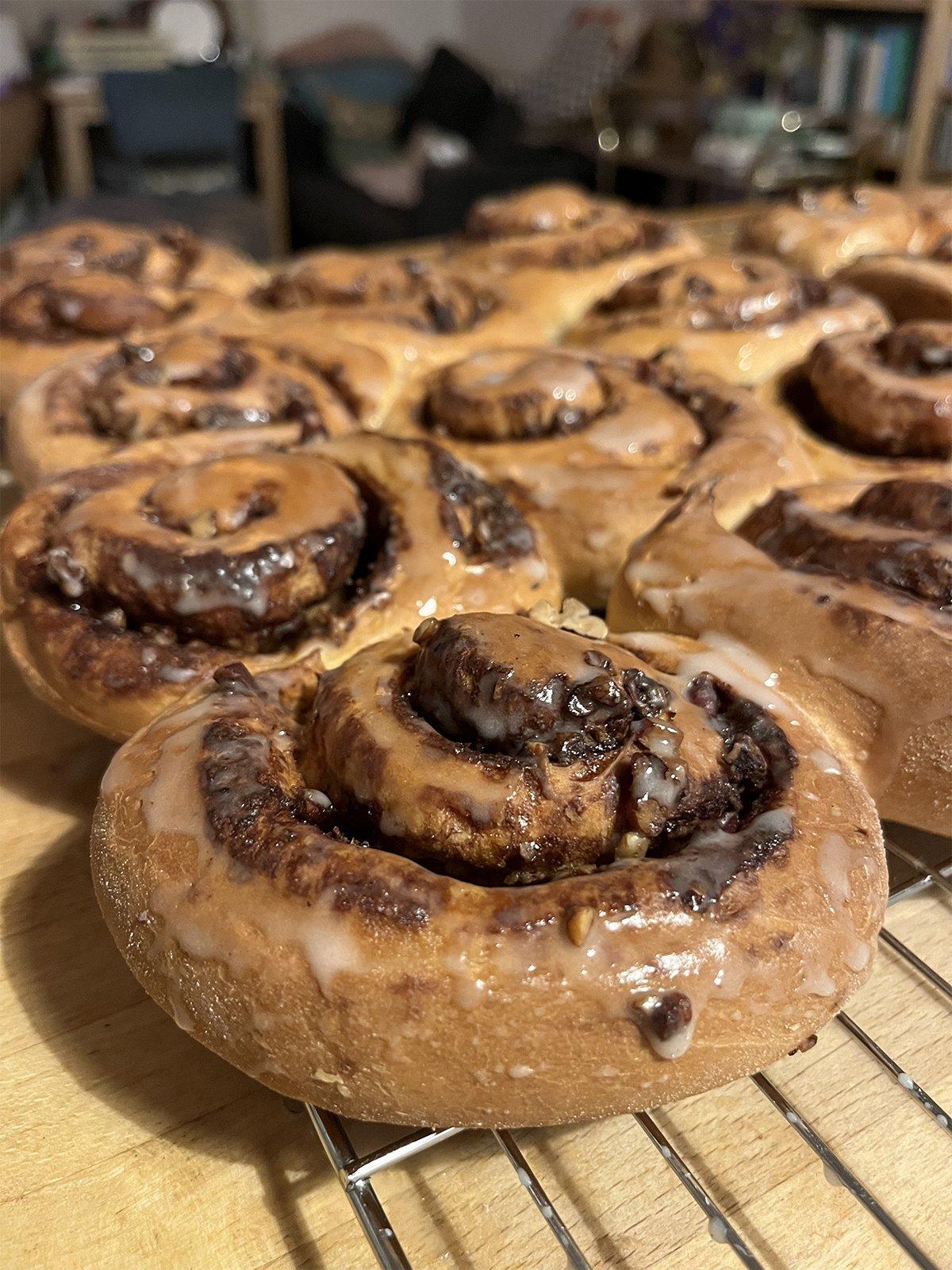Tried & Tested
On trial: Sage The Custom Loaf Breadmaker
Can a slick machine end my disappointing loaf nightmares and save me money in the long run? The proof’s in the… breadmaker
What is it?
If you have high demands but lack the skill/forearms of Paul Hollywood to knead and prove and whatever else your own bread properly, may I suggest you buy a breadmaker? Specifically Sage The Custom Loaf Breadmaker, which has – yes – changed my life.
Do you like eating fresh bread? Do you feel ripped off when you spend £3-something on a distinctly average small tin loaf and it’s fine but it’s £3 and when did bread get so expensive and is this even fresh?
What makes the Sage breadmaker special?
You get a choice of four loaf sizes, with a choice of three crust darknesses. The fruit and nut dispenser drops in tasty things at the second knead so you can feel inventive and bake interesting bread without touching and potentially killing the dough. There’s also a rapid setting if 3.5 hours is too long to wait.
A delayed start option means you can wake to the smell of fresh bread without doing anything more strenuous than sloshing in some water and oil, weighing some flour and adding a couple of spoonfuls of this and that (yeast, milk powder, salt, sugar), and setting a timer for the next day.
Tl;dr, you wake to the smell of fresh bread.
And on that bread? Well, you might slather some homemade jam because this machine does that too. It comes with two paddles: collapsible, for most recipes, so your dough gets kneaded but then the paddle flips out of the way for the final prove and the baking; and a fixed paddle, for jam making.
A tip on the collapsible paddle: you can pause the process before the final prove, lift out the dough, remove the collapsible paddle entirely, quickly reshape your dough before popping it back in the middle of the pan and pressing start to resume proving. I always do this optional step – it means the hole in the bottom of the loaf is tiny and it’s also a chance to re-centre the dough, which is worth doing when you’re only making a small loaf.
How do you use a Sage breadmaker?
Aka can a total bread amateur with an aversion to instruction manuals work it?
It’s easy. I’m scared of baking bread – I’ve got hot hands (bad for kneading?) and a cool home (bad for proving) plus I lack patience and upper body strength. I love baking cakes and biscuits but my bread endeavours have never ended well and I hate eating bad/sad bread.
But. Sage The Custom Loaf Breadmaker has a clear LCD display that even an idiot (hi) can work first time.
Step by step
1. Choose a recipe from Sage’s digital recipe book. It comes recommended by Heston Blumenthal and he knows his way around a kitchen. For my first attempt I chose a basic white loaf.
2. Pick a loaf size from the four options and weigh out your ingredients. Remove the pan from the breadmaker, add the paddle (for most loaves use the collapsible paddle and place it upright – there are diagrams, it’s easy). Drop in your ingredients in the order they’re listed in the recipe.
3. Place the pan back in the breadmaker and click it in place. Close the breadmaker lid and switch it on at the wall.
4. Select a setting – I chose BASIC for my white loaf. To change to wholemeal, sweet, anything else just turn the wheel then hit SELECT when you get to the setting you want. It walks you through the whole process.
5. On most loaf settings, you then choose a size (the largest is recommended for the most even and golden results but NB it’s a MASSIVE LOAF and will make two sausages in a sandwich appear stranded in an ocean of bread). Finally, choose a crust colour – I went for the darkest because I like a good crunch.
6. Press START, walk away and try not to obsessively look at your dough’s progress for the next three or so hours. If you can’t resist, there’s a window in the lid and a little light you can switch on to peer at your WIP.
Is it worth it?
I haven’t bought bread in a shop since getting this. After the initial shop for yeast and skimmed milk powder (who knew?), all I have to do now is keep an eye on my strong white flour levels. I already have everything else – oil, salt, sugar, sometimes fruit and/or seeds – at home all the time anyway. As a very picky bread eater, this breadmaker has been a revelation.
I’ll leave you with my wonky but delicious first attempt at baking cinnamon buns using the dough function on my Sage The Custom Loaf Breadmaker. Hardly a nutritional staple but omg. This made 20 buns. Twenty.
I’m sorry (not sorry) but I think you knead this in your life.

